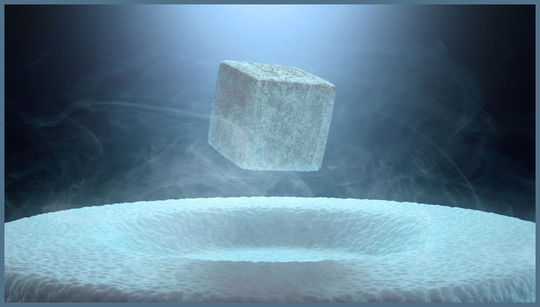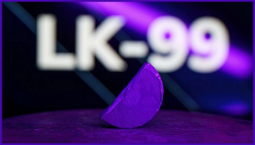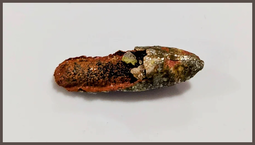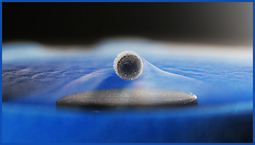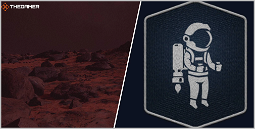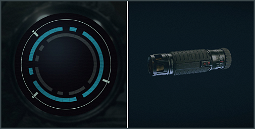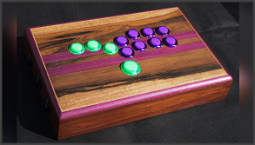A global race to validate LK-99 as a room temperature superconductor
A Global Race is underway to verify whether the material LK-99 is a Room Temperature Superconductor. Over a dozen research teams are working to validate the original South Korean claims around the copper-lead-apatite compound, with 16 separate teams currently engaged in replication efforts. However, the results so far have been mixed.
The scientific community is having difficulty verifying both halves of the superconducting equation. One Chinese team reported zero electrical resistance, but overall, verification attempts have failed. The LK-99 superconductor is still being studied, however, with 10 teams conducting physical experiments and six teams conducting theoretical studies.
The Korean Society of Superconductivity and Cryogenics (KSCC) has established a verification committee, which will issue periodic reports over the course of its investigation. The committee’s initial assessment, however, is that LK-99 is not a room temperature superconductor.
“As of this writing, the committee has not yet determined whether the sample is a room-temperature superconductor,” the KSCC writes on its website. “However, in agreement with the report issued by the Chinese research team, the committee believes that the sample is not a room-temperature superconductor.”
The Chinese researchers, led by professor Song Liu at the Hohai University in Nanjing, have published their paper on their replication efforts. Their results showed high-temperature superconductivity slightly worse than the original sample, though they also reported several anomalous findings (see image below).
“We have not been able to reach the same level of superconductivity as the original sample,” the researchers write. “But the most interesting finding from our study is that the critical current is larger than the original sample, which is inconsistent with the theoretical model of superconductivity at room temperature.”
So far, other replication efforts have also been unsuccessful, though the scientific community continues to experiment and attempt replication. The outcome could be a true ambient-temperature superconductor, which would be a major advancement across multiple industries. However, even a high-temperature superconductor would still have practical applications.
Alternatively, LK-99 might turn out to be another failed experiment, similar to the hype surrounding cold fusion in 1989. Regardless, the scientific community is closely following the progress, as the outcome could be a tremendous boon to industry.
Check out The Superconductor for more on the latest developments in LK-99.
